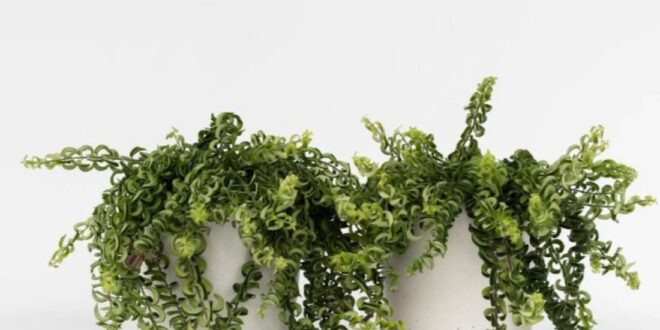Introduction
Good lipstick plant care means understanding what makes these tropical beauties happy indoors. Throughout my career as a landscape architect, I have worked with many plants. However, Aeschynanthus—commonly known as the Lipstick Plant—has always been one of my personal favorites. Of course, this is because of its lush, trailing leaves and the uniquely fascinating flowers. It adds color to any space and its beauty complements all kinds of decor. In my previous articles, I shared care tips for the Lipstick Plant and general information about the classic Lipstick Plant. In this article, I want to introduce you to the different varieties of the Lipstick Plant.
Getting to Know the Lipstick Plant: More Than Just a Pretty Flower
Before we dive into the exciting array of Lipstick plant varieties, I think it’s really helpful to understand where these beauties come from and what makes them so unique. It’s this background that informs how we can best care for them.
Rainforest Roots: The Epiphytic Lifestyle
Interestingly, the Lipstick Plant traces its roots back to the dense, tropical rainforests of Southeast Asia, where warmth and humidity create the perfect environment for it to thrive. Now, here’s a key thing: they are typically epiphytes. This means that in the wild, they don’t usually grow in soil on the forest floor. Instead, they make their homes on other trees or rocks, drawing moisture and nutrients from the air, rain, and organic debris.
This is super important for us as indoor gardeners! It means their roots need excellent air circulation – no dense, heavy potting soil. Think orchid bark, perlite, maybe some sphagnum moss to create a light, airy mix. It also means they like consistent moisture but will absolutely sulk if their roots are waterlogged. And, of course, coming from a rainforest canopy, they appreciate good humidity. I always find that understanding a plant’s natural habitat is the first step to making it happy.
Lipstick Plants are part of the Gesneriaceae family, so they’re cousins with African Violets and Gloxinias!
What’s in a Name? The “Lipstick” Bloom Explained
This is my favorite part! The common name “Lipstick Plant” is just so perfectly descriptive. It comes from the way their flower buds appear. Before the colorful petals unfurl, the bud emerges from a darker, tubular calyx (that’s the part that holds the petals). It genuinely looks like a little tube of lipstick being twisted open! The flowers themselves are usually tubular and come in vibrant reds, oranges, or yellows.
Invite the Tropics Into Your Home Décor
It’s no surprise that Lipstick plant varieties are so popular. Their often long, trailing vines, covered in lush leaves and those spectacular flowers, make them perfect for hanging baskets or cascading from shelves. They effortlessly bring a sense of tropical elegance to any space.
It’s commonly said that these plants require minimal care. And they are quite resilient, but “easy” depends on understanding their basic needs. The secret is bright, indirect light, consistent moisture (not sogginess!), high humidity, and cozy temperatures. A big bonus for many is that most Lipstick plantvarieties are generally considered non-toxic to pets and children, though it’s always wise to discourage nibbling.
A Dazzling Array: Getting to Know Different Lipstick Plant Varieties
Now comes the exciting part—discovering the wide variety of species within the Aeschynanthus genus! With around 185 species and countless cultivars, there’s a fantastic range of Lipstick plant varieties to choose from. As a designer, it feels like being surrounded by endless exciting choices! We have options with different leaf colors, textures, shapes, and even variegation. And the flowers! Beyond classic red, you can find them in beautiful oranges, sunny yellows, and soft pinks.
Let me share some of the Lipstick plant varieties that I find particularly special:
Aeschynanthus radicans (The Traditional Red Lipstick Plant)
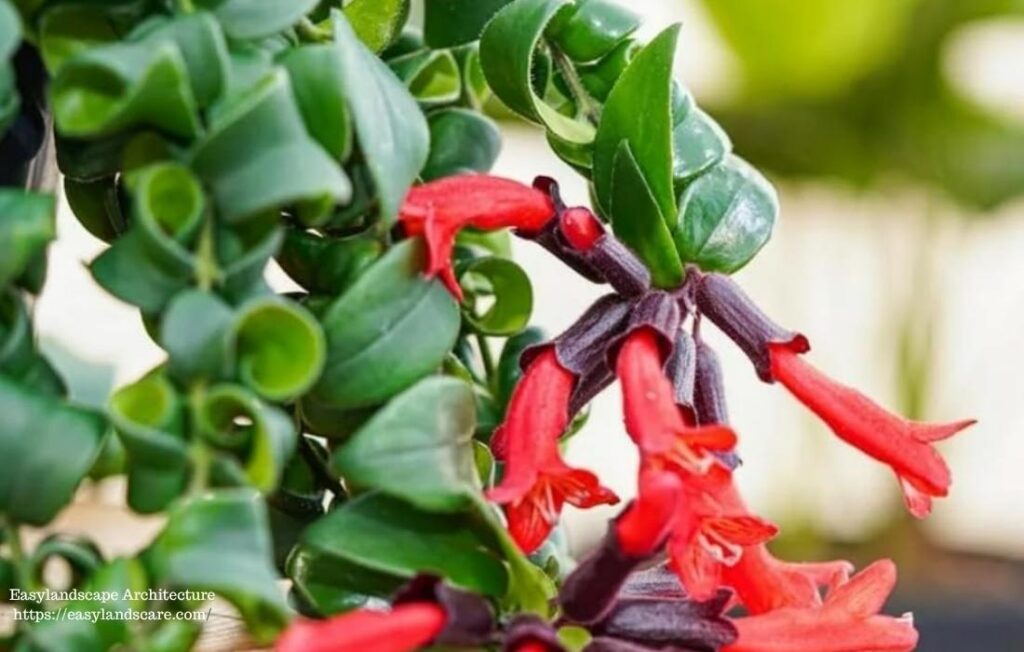
- Foliage: Dark green, elliptical, fleshy, glossy leaves.
- Flowers: Iconic, long, tubular bright red flowers from a darker maroon calyx. Blooms spring through fall.
- Growth Habit: Slender, trailing stems, perfect for hanging baskets. This is a quintessential choice.
Aeschynanthus longicaulis ‘Black Pagoda’ (Zebra Vine)
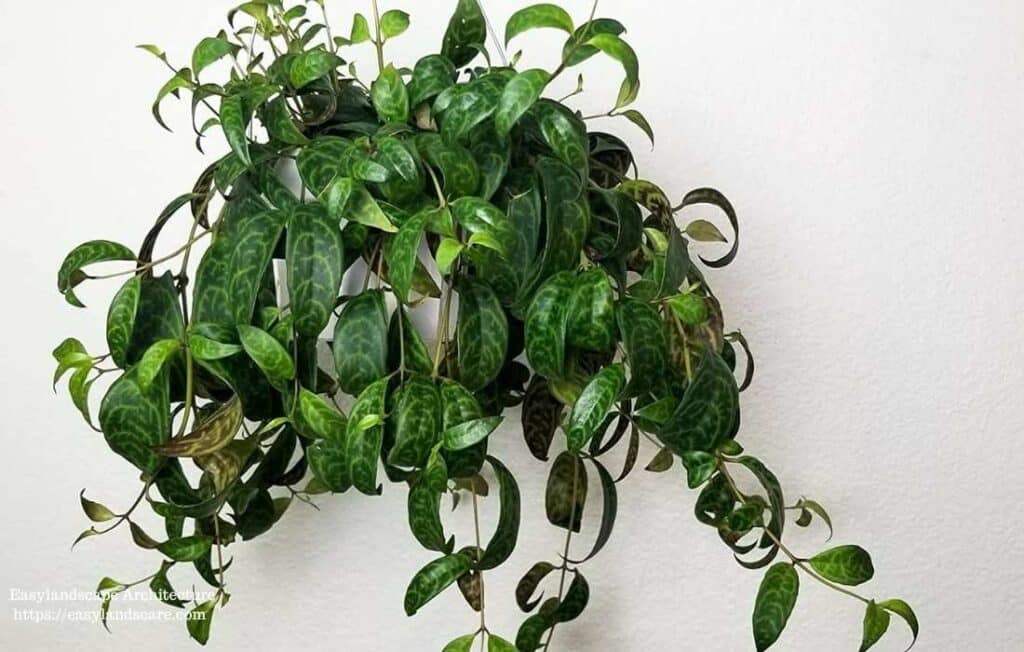
- Foliage: A showstopper! Renowned for its striking foliage: semi-succulent leaves featuring vibrant green veins, dark green upper surfaces adorned with silver and purple mottling, and rich purple undersides.
- Flowers: Usually orange, elongated, and tubular, with petals ranging from yellow to orange.
- Growth Habit: Trailing and bushy, fantastic in a hanging basket.
Aeschynanthus ‘Rasta’ (Curly Lipstick Plant)
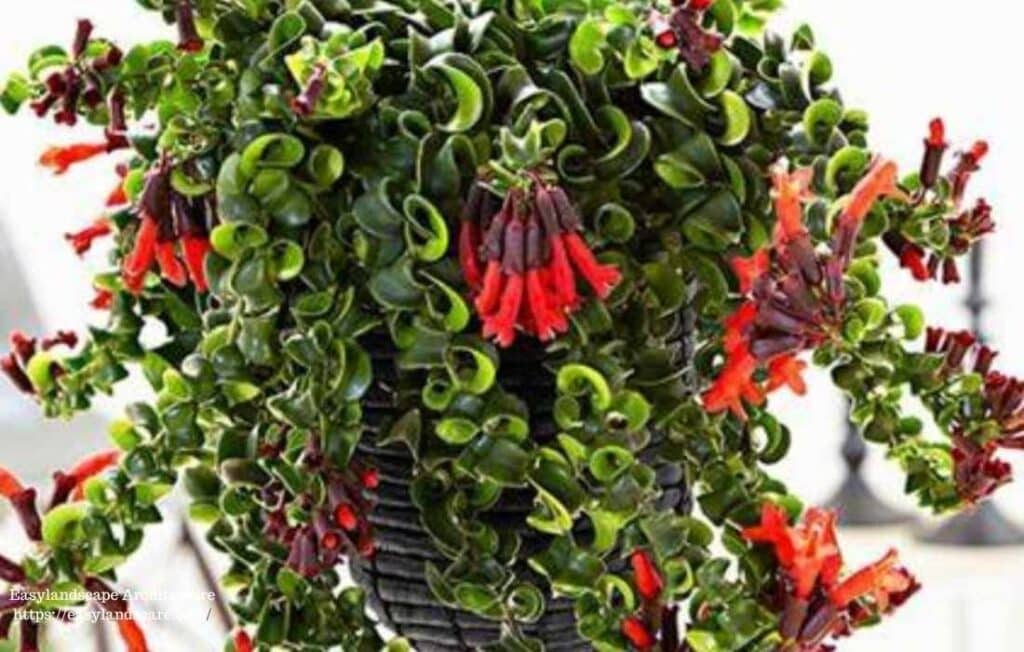
- Foliage: For texture lovers! Densely curled, twisted, sickle-shaped leaves, glossy and deep green. Handle with a bit of care as stems can be fragile.
- Flowers: Bright red, tubular blooms from a deep maroon bud.
- Growth Habit: Trailing fronds with compact curls, a slower grower but a great statement.
Aeschynanthus ‘Mona Lisa’
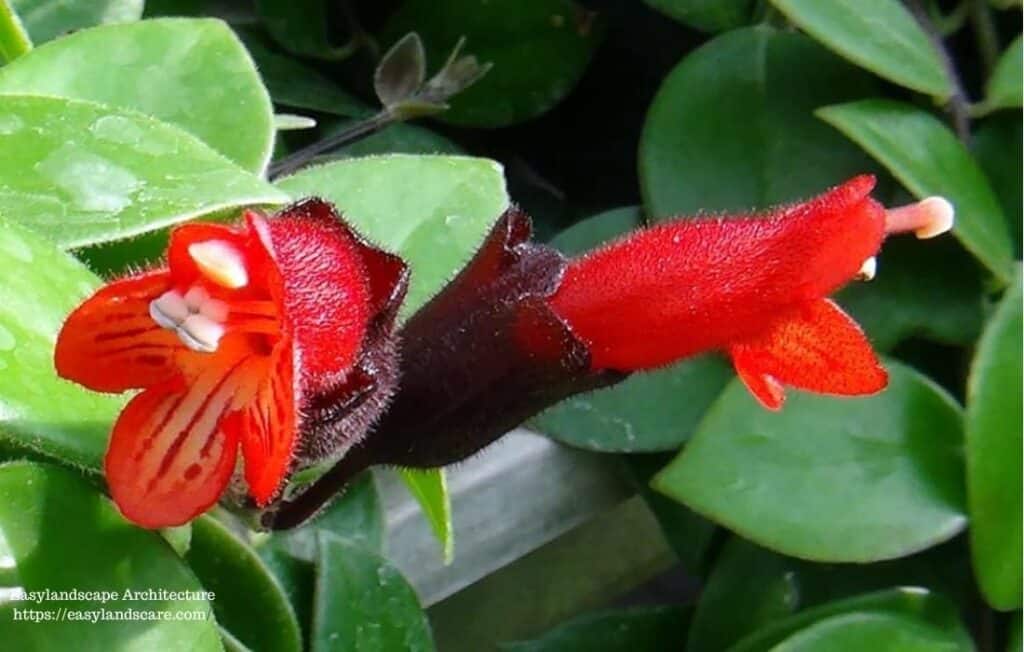
- Foliage: Glossy green leaves, often rounder and a lighter green, which is a nice contrast.
- Flowers: Reliable bloomer, often in fall/winter. Vibrant red (occasionally orange-red) blossoms emerging from purple or deep red calyces.
- Growth Habit: Beautiful trailing habit, can also be bushy.
Aeschynanthus radicans ‘Variegata’ (Variegated Lipstick Plant)
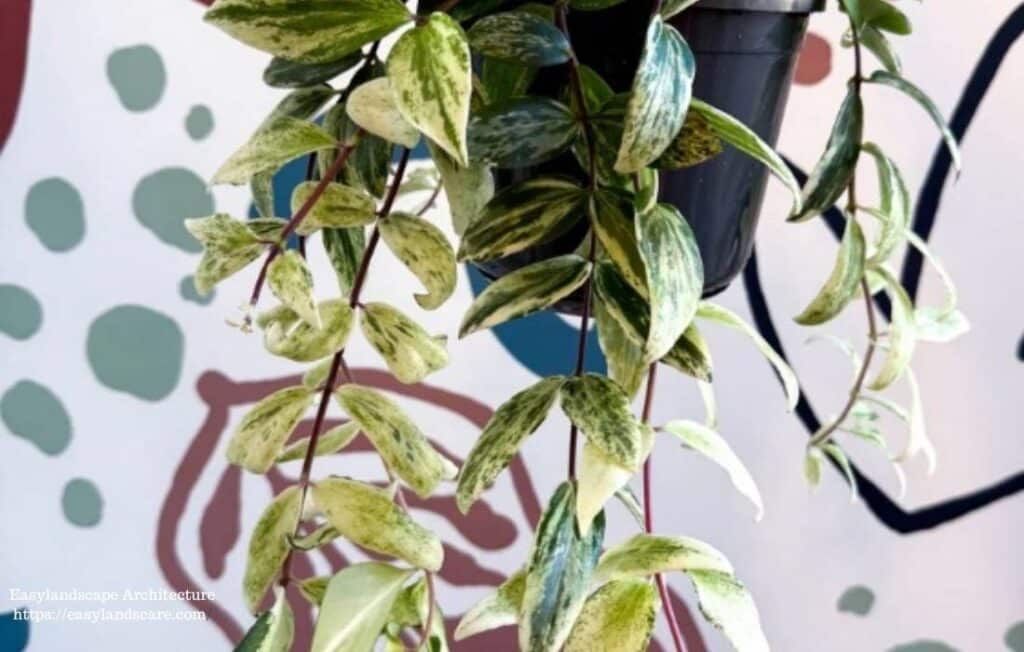
- Foliage: Adds extra flair with green leaves marbled with white, cream, or yellow. Variegation can be more pronounced in cooler temperatures.
- Flowers: Bright red, tubular blooms contrasting beautifully with the variegated foliage.
- Growth Habit: Thick, trailing vines, can also be bushy.
Aeschynanthus ‘Twister’
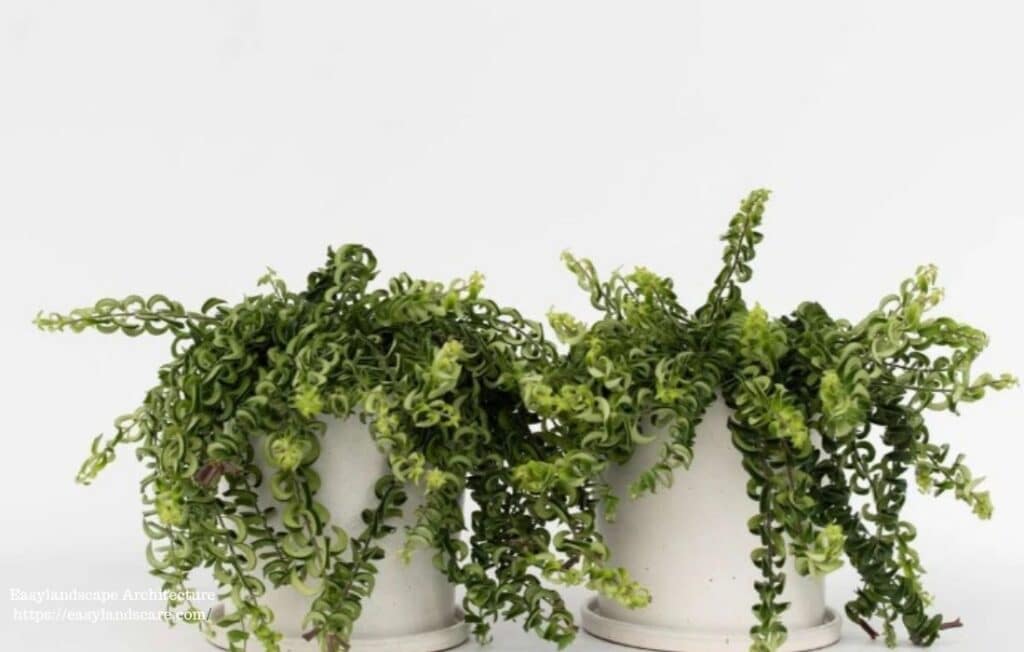
- Foliage: Similar to ‘Rasta’ but perhaps even more curled; bright green, fleshy, twisted leaves forming cupped ringlets. A real textural treat.
- Flowers: Tubular scarlet flowers from maroon calyces, typically blooming July-September.
- Growth Habit: Gracefully cascading, curling leaves make it ideal for hanging baskets.
There are even more Lipstick plant varieties like ‘Tangerine’ (orange-yellow flowers) , ‘Thai Pink’ (pink blooms) , and the compact ‘Hot Flash’. Discovering the various Lipstick Plant varieties adds to the excitement!
Quick Glance: Comparing Lipstick Plant Varieties
| Variety Name | Key Foliage Features | Flower Description | Typical Growth Habit | My Thoughts |
| A. radicans (Classic) | Dark green, elliptical, glossy | Red corolla / Dark maroon calyx | Trailing, arching | Timeless choice for the iconic look. |
| A. longicaulis ‘Black Pagoda’ | Dark green leaves marbled with silver and purple on top, featuring a purple underside. | Orange-yellow corolla paired with a greenish calyx. | Spreading and densely branched. | A genuine standout for its foliage! |
| A. ‘Rasta’ | Densely curled, twisted, glossy deep green | Bright red corolla / Deep maroon calyx | Trailing, compact curls | Wonderful for unique texture. |
| A. ‘Mona Lisa’ | Glossy, lighter green, rounder | Bright red or orange-red corolla / Purple or dark-red calyx | Trailing, bushy | Reliable bloomer, very elegant. |
| A. radicans ‘Variegata’ | Dark green marbled creamy-white/yellow | Bright red corolla / Dark calyx | Trailing, vining | Adds extra visual pop. |
| A. ‘Twister’ | Bright green, fleshy, twisted ringlets | Scarlet/bright red corolla / Maroon calyx | Trailing, curling | Highly textural and fun. |
Helping Them Thrive: My Personal Care Guide for Lipstick Plant Varieties
Successfully growing any of the Lipstick plant varieties comes down to mimicking their natural home. With a little understanding, it’s quite manageable.
Let There Be Light (But Not Too Much!)
Bright, indirect light is key for flowers. Think dappled rainforest sunlight. An east or north-facing window is often great. Avoid harsh direct afternoon sun, which can scorch leaves. Not enough light means leggy growth and no flowers.
The Art of Watering: Moist, Not Soggy
Consistent moisture, but never soggy soil – that’s the goal. Water only when the top inch of soil has dried out. Water thoroughly until it drains, then empty the saucer. Reduce watering in winter. Tepid, filtered water is best.
Temperature and Humidity in Lipstick Plant Varieties
Temperature: Maintaining warmth between 65°F and 80°F (18°C to 27°C) is crucial. Keep the plant away from cold drafts and abrupt temperature changes.
Humidity: High humidity (50-80%) is what these rainforest natives love. Cluster plants together, run a humidifier, or place them on a tray filled with pebbles and water. I’m cautious with misting due to potential fungal issues if air circulation is poor; other methods are often more reliable.
The Right Foundation: Soil for Epiphytes
A very well-draining, airy, loose mix is crucial. Think peat moss, perlite, and orchid bark. Having adequate drainage holes in the pot is absolutely essential.
A Little Boost: Fertilizing
Apply a balanced, water-soluble fertilizer diluted to half strength throughout spring and summer. Feed every 2 to 4 weeks during the growing season, then cut back or stop feeding in fall and winter. Always water before fertilizing.
Shaping Up: The Importance of Pruning
To encourage healthy development, trim the plant after it flowers to promote fresh growth, increase blooming, and maintain a bushy shape. Trim stems back by about a third or to 6 inches. Snip off spent flowers.
A New Home: Repotting
Lipstick plants tolerate being somewhat root-bound and typically require repotting every 2 to 3 years, or when roots visibly crowd the pot. Spring is ideal for repotting, using a slightly larger container with proper drainage.
Sharing the Love: Propagating Your Lipstick Plant Varieties
Propagating most Lipstick plant varieties is pretty straightforward, mainly using stem cuttings. Propagating these lovely plants is truly a delightful experience!
Stem Cuttings: The Go-To Method
This is the easiest and most successful way. Spring or early summer is ideal.
A Simple Step-by-Step Guide:
- Take Cuttings: Use healthy, young stems, 3-6 inches long, with at least five leaves. Cut below a leaf node.
- Prep Cuttings: Remove lower leaves to expose one or two nodes.
- Rooting:
- Water Rooting: Place cuttings in water, nodes submerged. Transplant when roots are 2-3 inches.
- Soil Rooting: Dip in rooting hormone (optional) and plant in moist, well-draining rooting mix.
- Humidity: Cover soil-rooted cuttings loosely with a plastic bag or use a propagator to maintain humidity.
- Light & Warmth: Provide bright, indirect light and warmth (around 70°F/21°C).
- Care: Keep medium moist. Roots form in 4-8 weeks, sometimes longer.
Troubleshooting Common Issues in Lipstick Plant Varieties
Even with care, Lipstick plant varieties can show stress. Recognizing symptoms helps.
Why No Flowers?
- Not Enough Light: Most common reason!
- Too Young: Plants need time to mature.
- Temperature Issues: Needs warmth; some benefit from a cooler winter rest.
- Nutrient Needs: Ensure proper feeding during growth.
Leafy Clues: Common Foliage Problems
- Yellowing Leaves: Often overwatering, but could be underwatering, low light, or low humidity.
- Curling Leaves: Underwatering, overwatering, too much sun, low light, temperature stress, low humidity, or pests.
- Leaf Drop: Improper watering, cold drafts, sudden temperature changes, low light, or repotting stress.
- Brown Leaf Tips: Dry air, underwatering, sun scorch, or fertilizer buildup.
Uninvited Guests and Pesky Diseases: Gentle Solutions
Good care is the best prevention.
- Pests (Aphids, Mealybugs, Spider Mites): To control pests, treat with insecticidal soap or neem oil. Additionally, for minor mealybug infestations, gently dab affected areas with alcohol using a cotton swab
- Diseases (Root Rot, Fungal Leaf Spot, Powdery Mildew): In case of root rot, trim affected roots and repot in fresh, dry soil. To address fungal spots, trim off the damaged leaves and increase airflow around the plant.
Designing with Lipstick Plant Varieties: Architectural Flair Indoors
Lipstick plant varieties, with their trailing habit, are fantastic for interior design.
Cascading Elegance: Hanging Baskets and High Shelves
This is the classic way to showcase them, creating living sculptures. Placing them on high shelves or mantels also allows their foliage to spill beautifully.
Living Art: Green Curtains and Vertical Accents
Install wall-mounted brackets above windows to hang plants, forming beautiful “green curtains.” Train stems along trellises or mesh panels on walls. Macramé hangers add a stylish touch.
Softening Structures and Enhancing Ambiance
In contrast, their flowing lines soften hard architectural edges. For a decorative touch, drape tendrils across windowsills or railings. Grouping hanging planters at different heights creates a dynamic display. Professional plantscapers often use these for stunning overhead installations.
Why Every Plant Lover Should Consider Lipstick Plant Varieties
So, why do I believe these plants deserve a spot in your collection?
Their Unique and Enduring Appeal
It’s the iconic flowers, diverse foliage, elegant trailing habit, and the tropical ambiance they bring. They truly shine when allowed to cascade.
A Rewarding Choice for All
Despite their exotic look, most Lipstick plant varieties are not overly fussy. With the right care, they are remarkably rewarding. Plus, their general non-toxicity is a bonus for homes with pets and kids.
My Sincere Encouragement
First of all, explore the delightful world of Lipstick plant varieties. one that speaks to you. By understanding their needs, you can successfully cultivate these tropical gems, adding vibrant, exotic beauty to your indoor world. Happy planting!

